As an outdoor person, especially a newcomer, it is important to choose the right outdoor activities. Only by better controlling the ability of one's own body can we enjoy the fun of outdoor sports. There are many uncontrollable factors in outdoor activities. The geographical environment, intensity, technical difficulty and risk of different activities are different. Therefore, the participants' physical quality, psychological quality and technical equipment requirements are also different. Let's take a look at how the division of outdoor sports is divided.
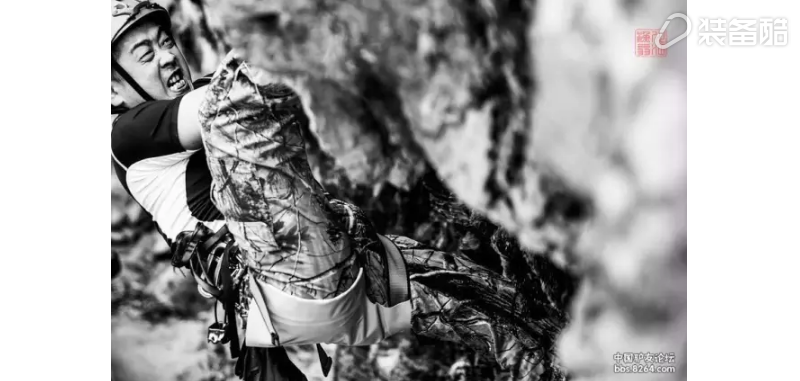
Outdoor activities have the following environment:
Conventional mountain - refers to mountains, hills, and plains with an altitude of less than 3,000 meters. It has low requirements for participants and is suitable for general mountaineering, crossing and camping.
Alpine Plateau - refers to mountains and plateaus above 3500m above sea level, and has high requirements for participants' physical fitness and skills.
Jungle Rain Forest - refers to the dense vegetation, temperate, subtropical, tropical jungles and rain forest areas rich in flora and fauna, and has high requirements for participants' field survivability, experience, and psychological quality.
Desert Gobi - refers to the open field of vision, small terrain, dry climate, lack of water resources in the desert, desertification grassland area, Gobi, etc., on the participants' viability, physical fitness, resistance to more demanding.
Ice-snow environment - Refers to the snow and ice landscape of regular mountain areas after snowfall in winter, which requires high physical fitness, equipment, and experience.
Conventional waters - refers to rivers, streams, lakes, and offshore.
Air underwater - refers to the air and underwater activities that are achieved with the aid of aircraft (including powered or unpowered) and diving equipment, and have high requirements for participants' relevant technical requirements and psychological quality.
Extreme environment - refers to the above-mentioned various types of mountains, jungles, deserts, and oceans that are highly dangerous, such as climbing high altitude snow mountains, free climbing, cave exploration, cave diving, no human ward crossing, and so on.
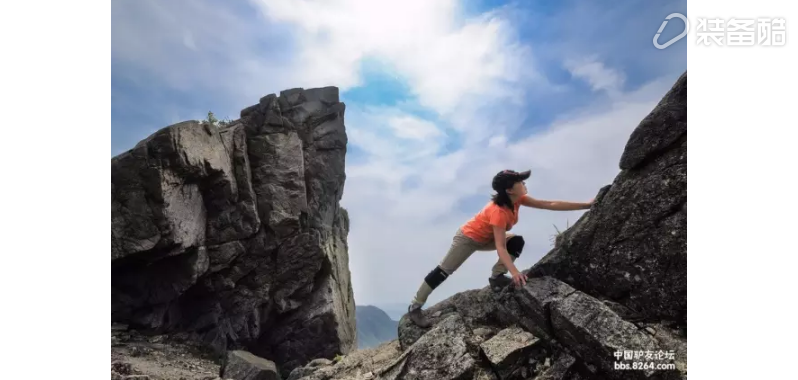
Risk degree (this standard is for novices):
1 Non-hazardous general leisure tours, such as sightseeing spots, short-term outdoor trips with full security protection, and short-term conventional mountain climbing with clear routes. No accidents occur, the trip is short and the intensity is low. There are no special requirements for participants.
2 Low-risk Most regular activities such as regular climbing, rock climbing, skiing, horseback riding, swimming, etc. There may be accidents, moderate journeys, low intensity, and there are usually 1-3 camps. Participants are required to have general life knowledge and good psychological qualities.
3 Moderately dangerous and difficult conventional mountain activities, activities in unconventional mountainous regions, horseback riding and skiing activities with high intensity, and high-intensity exploration crossing activities in unknown areas require special outdoor skill activities. There may be accidents, long trips, high intensity, and there are many camping trips. Participants are required to have good psychological quality and team awareness, and have certain outdoor activities and outdoor skills (such as simple free climbing, first aid, etc.).
4 Highly dangerous and highly dangerous activities in unconventional mountainous areas require special outdoor skills. There are many unpredictable and control factors. There are often accidents, long trips, high strength, harsh natural conditions and many camping trips. Participants need good psychological quality, rich outdoor experience and more comprehensive outdoor skills and excellent teamwork.
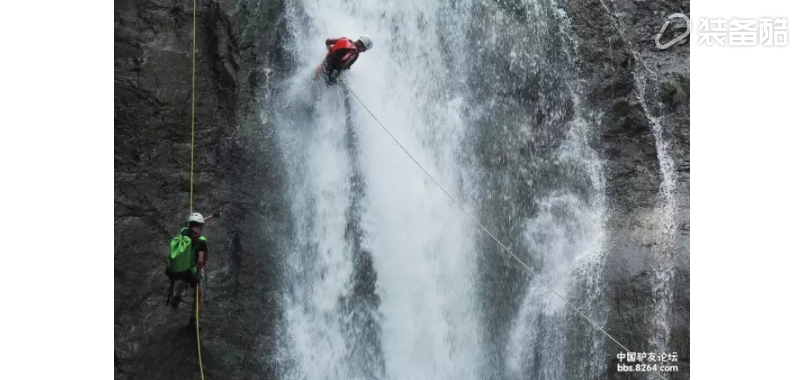
Division of intensity levels:
1 Recreational leisure activities such as picnic dinners. Short trips, generally not camping or camping. Instead of requesting participants' physical fitness, they generally wear travel shoes (or sports shoes), carry small backpacks, and bring water and food.
Moderate strength - more than 2 days of regular mountain activities, short daily trips (usually less than 15 kilometers of mountain roads), 1-2 camps. Such as: through Longtangou - Qingyaoshan, climbing the eagle mouth, Ding room mountain - Xixia climbing through, as well as rock climbing, swimming, winter low altitude snow mountains. The participants were required to be in good health and the equipment was generally required to carry a weight of 15-20 kg (male).
2 High-intensity, high-intensity conventional mountain activities, most unconventional mountain activities, and daily trips of more than 20 kilometers of mountain roads, which are highly climbing and descending. For example, Daocheng Yading-Lugu Lake activity is +4. The participants have higher physical fitness and equipment requirements, carrying more than 20 kilograms (male).
3 High-intensity extreme high-strength continuous activity in extreme environments, unconventional mountain activities, harsh environmental conditions, high fatigue, short recovery period, thin air, multi-day daily average of more than 20 kilometers, carrying weight higher than 20 kg (male ), such as climbing high-altitude snow-capped mountains, expedition crossing activities in a snowy and snowy environment for several days.
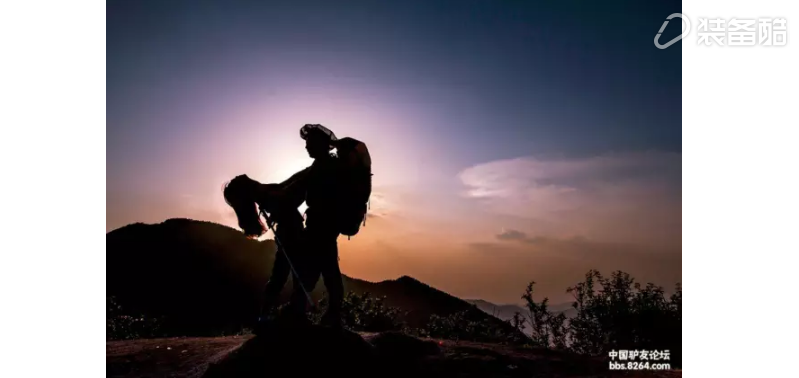
Difficulty level:
We usually divide the difficulty level into the following five levels:
0-2 level of difficulty: there are obvious roads and mountain roads, outdoor walking and climbing routes is relatively slow, the slope is less than 45 degrees, most people can be competent.
2.5 - 3 level of difficulty: There are difficult to distinguish the mountain road or no road, the slope is between 50-70 degrees, some places have more difficult trenches, snow slopes or gravel slopes, more complex virgin forest crossing, some sections need to With ropes.
3.5-4 level difficulty: There are primitive forests with steep rock walls, complicated environment and easy to lose. 70-80 degrees mountain wall climbs by hand. Many need to use ropes to cross the route. It is difficult to climb. Some sections may not pass through and go forward. .
4.5-5 Difficulty: The walking and climbing route is very long. There are permanent ice walls and mixed climbing. It is especially difficult. High-altitude mountains such as the Himalayas and remote areas unattended. Climbing is very difficult and dangerous.
The activities under the same level have different strengths, which are indicated by the "+" and "-" signs, respectively. For example, +2.5 indicates moderately high intensity activity, and -3.5 indicates moderately high intensity activity.
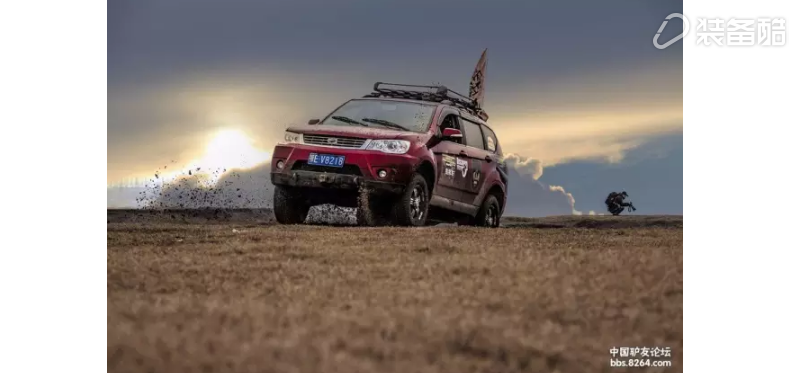
In general, most people with moderate physical stamina and perseverance can participate in activities with a level of around 2.5, but only if they have a good team leader and the necessary teamwork spirit.
Palisade Fence,Steel Palisade Fencing,Palisade Security Fencing,Metal Palisade Fencing
Anping County Hua Guang Wire Mesh Production Co.,Ltd , https://www.hgwirefence.com